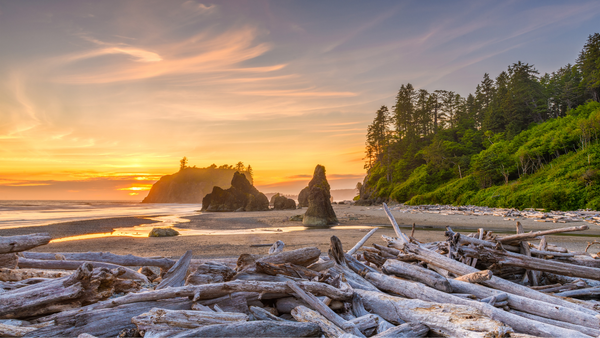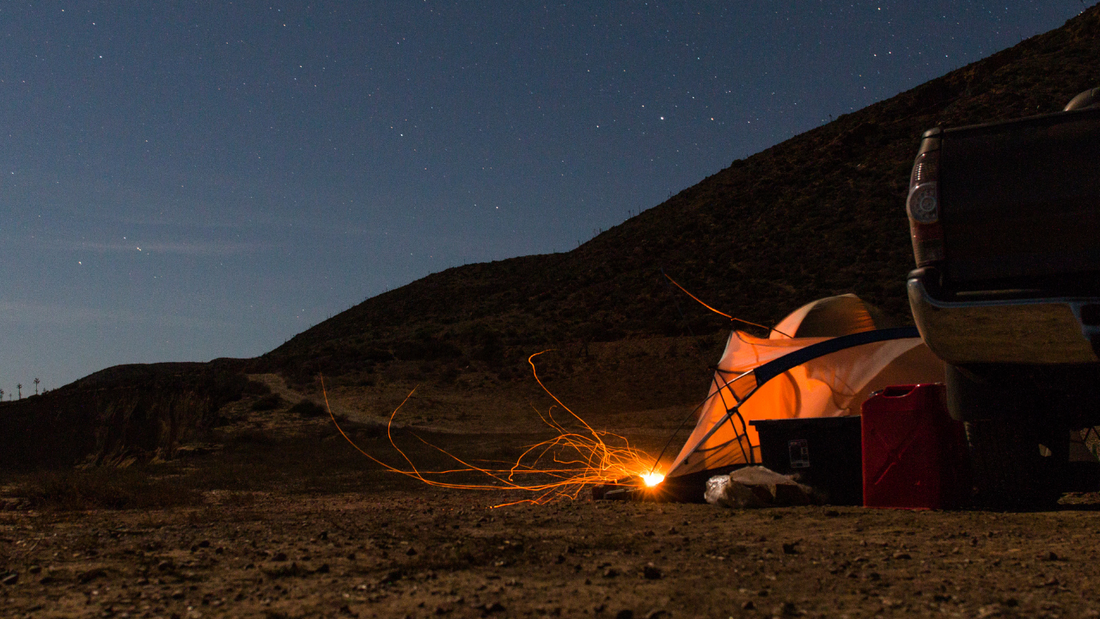This guide dives deep into the world of boondocking, also known as dispersed camping, offering a unique and off-the-grid camping experience in the stunning landscapes of the USA.
What is Boondocking?

Boondocking refers to camping outside of developed campgrounds or dry camping, typically on public lands managed by the Bureau of Land Management (BLM), National Forest Service (NFS), or state and local agencies. Unlike campgrounds, boondocking sites often lack amenities like hookups, restrooms, and showers, offering a more rustic and secluded experience.
According to a 2023 report by the National Park Service, there were 325.5 million recreation visits reported to 400 national parks in 2023, an increase of 13 million or 4% over 2022. This surge in popularity has led to crowded campgrounds and limited availability. Boondocking provides a fantastic alternative for campers seeking a more secluded and immersive experience.
Why Go Boondocking?
-
Cost-effective: Boondocking fees are significantly lower than campground fees, with many BLM and NFS sites offering free camping.
-
Escape the Crowds: Away from the hustle and bustle of populated campgrounds.
-
Boondocking often grants access to breathtaking natural landscapes not readily accessible from campgrounds.
-
Develop a deeper connection with nature and hone your self-reliance skills.
Before You Hit the Road: Essential Preparations
Know Your Rig: Be familiar with the capabilities and limitations of your RV, campervan, or tent setup. Consider factors like ground clearance, water capacity, and waste disposal options when choosing boondocking locations.
Research Regulations: Each land management agency has specific regulations for boondocking. Familiarize yourself with permit requirements, length of stay limitations, fire restrictions, and pet policies for your chosen area. Resources like BLM website: https://www.blm.gov/programs/recreation/camping and USDA Forest Service - Camping & Cabin Rentals provide detailed information. Permit fees typically range from free to $20 per night.
Gear Up for Self-Reliance: Pack essentials for a comfortable and safe boondocking experience. This includes a reliable water source (consider a portable water tank), a waste disposal plan (pack out all trash, and utilize designated dump stations when available), sanitation solutions (portable toilet or camping shovel), and a power source (solar panels, generators with noise restrictions, or alternative charging options).
Leave No Trace: Respect the delicate balance of the ecosystem. Follow Leave No Trace principles to minimize your impact on the environment. Pack out all trash, practice proper waste disposal, and avoid disturbing wildlife or vegetation.
Also Read: Hiking Essentials You Never Knew You Needed (But Totally Do!)
Finding the Perfect Boondocking Spot
Public Land Websites: The BLM's Land Management Layer and USFS's Interactive Forest Service Map allow you to search for dispersed camping areas.
Boondocking Apps: try out iOverlander:
Guidebooks: Guidebooks like the Moon Camping series or the National Geographic Trails Illustrated series can provide detailed information on boondocking sites within specific regions.
Boondocking requires some additional skills compared to traditional camping.
Gear Up:
-
Navigation: A reliable GPS device or offline maps are essential for finding dispersed campsites and navigating remote areas. Consider investing in a satellite communicator, like a Garmin InReach, for added safety in case of emergencies in areas with limited cell service.
-
Water: Carry enough water for your entire stay, considering drinking, cooking, and hygiene needs. Invest in a good water filtration system to ensure safe drinking water from natural sources.

-
Waste Disposal: Pack sturdy trash bags and practice "Leave No Trace" principles by packing out all your waste. Research proper disposal options for gray water (used dishwater and shower water) depending on the specific regulations of your boondocking location.
-
Sanitation: Depending on the length of your stay, consider packing a portable toilet or a camping shovel for proper human waste disposal. Always follow regulations for digging cat holes and using designated disposal areas if available.
-
Solar Power: Solar panels or a generator can be lifesavers for powering essential appliances like refrigerators and lights if your boondocking location lacks hookups.

-
Tools and Supplies: Pack basic tools, a multi-tool, duct tape, and zip ties for unexpected repairs.
-
Cooking: A camp stove, fuel, and cooking utensils will keep you fed on your adventure.
-
Safety: Pack a first-aid kit, fire extinguisher, and basic tools for minor repairs.
-
Activities: Bring along outdoor games, books, and other activities to keep yourself entertained in the absence of campground amenities.
Also Read:Planning an RV trip? Here’s What you should know before venturing on a holiday
Tips for a Stellar Boondocking Experience
-
Weather Awareness: Check weather forecasts religiously before and during your trip. Be prepared for sudden changes in weather conditions, especially in high-altitude or desert regions.
-
Pack for All Seasons: Remember, even in warm climates, nights can get chilly. Pack clothing suitable for potential temperature variations.
-
Quiet: Boondocking often means limited or no cell service. Disconnect from technology and reconnect with yourself and nature. Consider bringing books, board games, or other offline entertainment options.
-
Respect Wildlife: You might encounter all sorts of creatures in your boondocking haven. Keep a safe distance from wildlife, store food properly to avoid attracting animals, and never feed them.
-
Become a Responsible RVer: If you're boondocking with an RV, practice proper generator etiquette (run generators only during designated times and minimize noise). Utilize designated dump stations and avoid leaving greywater behind.
-
Consider Joining the Boondocking Community: Platforms like Boondockers Welcome connect RVers with private landowners who offer free or low-cost camping on their property in exchange for a pleasant stay.
- Emergency Evacuation Plan: Have a plan for emergency evacuation in case of unforeseen circumstances. Research the nearest hospital and familiarize yourself with potential escape routes.
Local Community:
Support Local Businesses: Stock up on supplies and groceries from local stores and farmers markets whenever possible. This helps support the local economy and keeps your travel dollars circulating within the community.
Respect Local Culture: Be mindful of local customs and traditions. Research any regulations specific to the area you're visiting.
The 20 parks that broke visitation records in 2023 are:

Carl Sandburg Home National Historic Site
Congaree National Park
Dry Tortugas National Park
Glacier Bay National Park & Preserve
Glen Canyon National Recreation Area
Hagerman Fossil Beds National Monument
John Muir National Historic Site
Joshua Tree National Park
Kaloko Honokōhau National Historical Park
Keweenaw National Historical Park
Klondike Gold Rush National Historical Park
Lincoln Memorial
Longfellow House Washington’s Headquarters National Historic Site
Marsh-Billings-Rockefeller National Historical Park
Medgar and Myrlie Evers Home National Memorial
Minidoka National Historic Site
Mojave National Preserve
New River Gorge National Park & Preserve
Nez Perce National Historical Park
Ninety-Six National Historic Site
Boondocking offers a unique and rewarding way to experience the beauty of the outdoors. With proper preparation, respect for the environment, and a sense of adventure
Read: Bushcraft Basic Tools and Skills for Wilderness Survival


